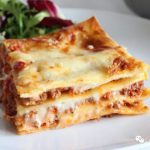
Lasagna alla bolognese
Lasagna / Lasagne refers to both square and flat pasta noodles, and pasta dishes made with this kind of pasta mixed with fillings, which we often call "lasagne". As far as pasta is concerned, Lasagne is a plural of Lasagna, but for the dish of lasagna, both Lasagna and Lasagne refer to the lasagna we are talking about. It's just that in the south of Italy I like to use the singular Lasagna, and in the north I like the plural Lasagne.As for the filling, various cheeses, tomato sauce, meat sauce of different meats, vegetables, etc. can be sandwiched between the dough. Today, the version of this classic mixed Bologna bolognese (Ragù bolognese), white sauce (Béchamel sauce / Besciamella) and Parmasan cheese (Parmasan cheese) is an Emilia-Rome originating in north-central Italy Emilia-Romagna is a classic and magical lasagna.
Servings 4 People
Calories 660kcal
Ingredients
- 1 tbsp Olive oil
- 1 tbsp Butter
- 1 small Onion
- 75 g Smoked pancetta
- 1 medium Carrot
- 1 stick Celery
- 2 cloves Garlic
- 150 ml Red wine
- 250 g Beef mince
- 250 g Pork mince
- 2 tbsp Tomato puree
- 400 g Tinned tomatoes
- 2 tbsp Basil leaves
- 2 Bay leaves
- Salt & Pepper
For Bechamel sauce:
- 50 g Plain flour
- 50 g Butter
- 500 ml Milk
- ¼ tsp Nutmeg
- Salt & Pepper
Instructions
To make meat sauce:
- Dice bacon; wash and dry fresh basil leaves; peel and chop onion; peel and chop carrot; peel and chop celery; mince garlic. The more chopped vegetables, the better.Carrots and celery can be cut into small pieces by a food processor if available.
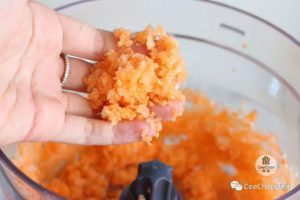
- Turn on medium heat and put olive oil and butter in the saucepan.After the butter melts, add the onions and saute until soft.Add smoked bacon and fry until light brown.Add carrot and celery and fry until the vegetables are tender.Add garlic and stir-fry for a while, add the minced meat and cook until the minced meat is coloured. The whole process takes about 30 minutes. During this period, the minced meat will start to drain liquid. After the liquid has drained out of the meat, continue to fry until the water has completely evaporated and the bottom of the pot begins to colour.
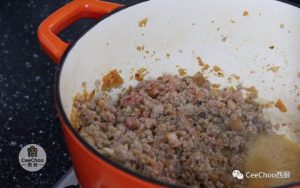
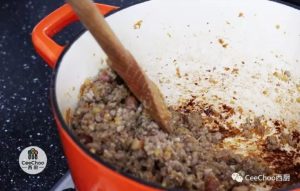
- Add tomato puree and stir-fry for a while, then pour in red wine, scrape the fond layer on the bottom of the pan while frying. Pour in canned tomatoes and add half a can of water. Mix well, add chopped fresh basil leaves and bay leaves, season with appropriate amount of salt and black pepper, and mix well. Cover the pot and simmer slowly for at least 2 hours until the sauce is thick, stirring occasionally during the period, depending on the situation, you may need to add water. Remove bay leaves before use.
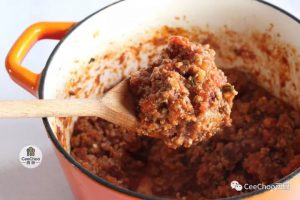
- Making fresh pasta (if using ready-made pasta, this step is omitted):If you use handmade fresh pasta, you can start making it when you cook the sauce.
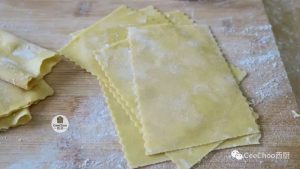
Making white sauce:
- When the meat sauce is almost ready, start making white sauce and start boiling a pot of water to cook pasta later.On a medium-low heat, add butter until the butter melts, add flour and fry for about 5 minutes until the flour is white, with a light nutty aroma and a muddy texture.
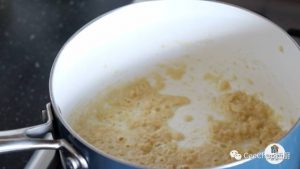
- Add milk in small quantities. At the beginning, the flour paste will be lumpy, but keep stirring. As the amount of milk increases, the flour paste will slowly merge into the milk and become smooth. After each addition, use a whisk to beat along the bottom of the pan until smooth. Pay special attention to the dry powder and caking on the sides and bottom of the pot.
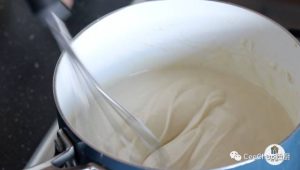
- At this time, the sauce may be like a thin milk texture, don't worry, the sauce will start to thicken when it is cooked slowly. Cook until the sauce can hang on the back of the spoon, stirring frequently.
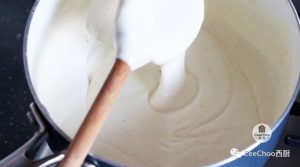
- Note that the white sauce used for lasagna does not need to be too thick, so that it is easier to handle during assembly. Moreover, the sauce will thicken further when cooked in the oven.
Cook the pasta:
- After the sauce is ready, you can start cooking the pasta.Season the boiling water with salt, put it in the dough, and cook for about 1 minute. Remove and soak up the water with kitchen paper and lay it flat on the plate for use. To prevent the pasta from sticking together, you can apply a little oil to the skin or separate each layer with plastic wrap,
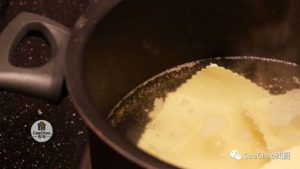
- Preheat oven 180C (with fan) / 200 C (traditional without fan).
Assembling lasagna:
- Grate Parmesan cheese.Here we have a total of 4 layers of meat sauce, 4 layers of white sauce + cheese and 4 layers of pasta, so you need to divide all the ingredients into 4 parts. Then assemble according to the following operations:Bottom layer: first put a layer of meat sauce on the bottom of the baking tray, and then a layer of pasta. It is best to cover the baking tray as much as possible. The lasagne sheets can overlap slightly, or you can use scissors to cut out the appropriate size depending on the situation.
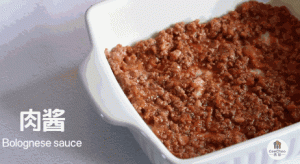
- The first layer: spread a layer of meat sauce, then pour a layer of white sauce, sprinkle a layer of Parmesan cheese, and finally cover with a lasagne sheet.
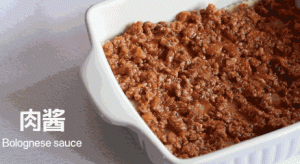
- Second and third layers: Use the first layer method to lay. Top layer: Spread a layer of white sauce and sprinkle with cheese.
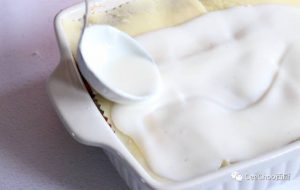
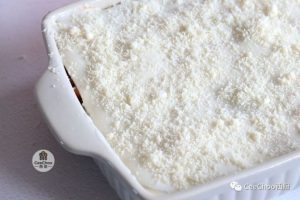
- Cover it with tin foil, put it in the oven and bake for 40 minutes, then take off the tin foil and continue to bake for 15 to 20 minutes until the top is golden brown.
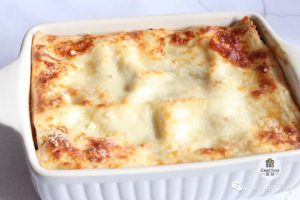
- After baking, let stand for 10 minutes and then cut with a knife. It can be served with salad.
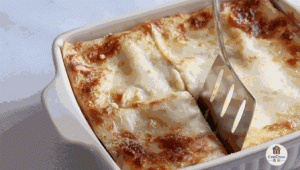
Notes
Nutrition
Calories: 660kcal | Carbohydrates: 27g | Protein: 35g | Fat: 42g | Saturated Fat: 19g | Polyunsaturated Fat: 3g | Monounsaturated Fat: 17g | Cholesterol: 143mg | Sodium: 465mg | Potassium: 1186mg | Fiber: 3g | Sugar: 13g